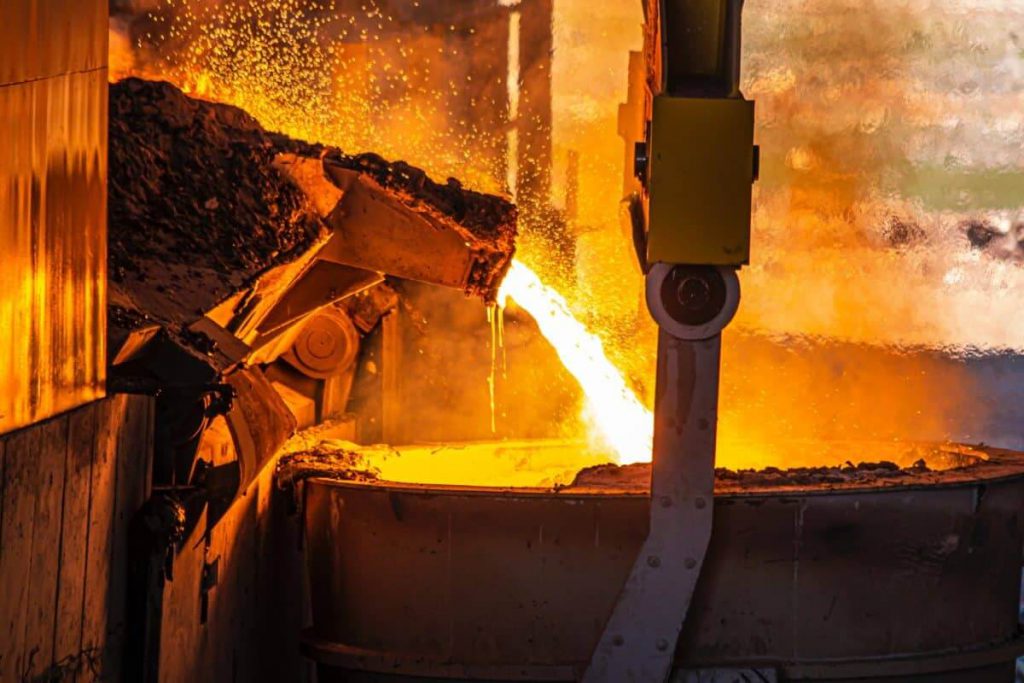
3% less steel is produced worldwide
Crude oil prices have less of an impact on steel prices. The cost of raw materials (iron ore, coking coal, limestone, alloying components, etc.), fixed costs, labor productivity, global capacity (China in particular), exchange rate, etc. are factors that affect steel prices. The biggest factor affecting steel costs is the price of coking coal. Steel prices have decreased worldwide due to China’s overproduction. The steel sector in both industrialized and emerging nations is struggling to survive the Chinese assault.
If the power source is reliant on liquid fuel, the price of crude oil can, at best, have an impact on the cost of the electricity. Which is used to produce steel. Oil is only occasionally used in this situation because most of the time the gases produced during the iron and steel-making process are used to produce power in steel plants.
According to World Steel Association figures released on Thursday, global crude steel prices and production decreased by 3% in August from a year earlier to 150.6 million tonnes. The world’s largest producer and user of crude steel, China, increased production by 0.5% to 83.9 million tonnes in August, according to the data.
There are two ways that steel is manufactured as a commodity. Flat form and long form,While flat items are primarily utilized in consumer goods, the automotive sector, shipbuilding, etc., long products are typically used in the construction business.
Why are steel prices dropping so drastically?
Furthermore, there are two types of steel production. Regular carbon steel and clean, high-quality alloy steels. The majority of steel produced worldwide is of average quality and used in the construction industry. When it comes to common steels, the trend of declining steel prices is particularly apparent. To understand the reasoning behind dropping steel prices, the aforementioned history is necessary.
Since most steel produced is of average grade, a decline in demand for it owing to a slowdown in the construction industry, a key driver of infrastructure development, will result in a decrease in steel prices. China is the world’s largest user and producer of steel, it should be mentioned.
A global steel surplus has developed as a result of China’s slowdown because it is unable to utilize even its own supply. In the 2000s, China experienced extremely high steel demand. This was as a result of infrastructure projects related to the Beijing Olympics. However the current situation is entirely different. Additionally, growth is either negative, nil, or extremely minimal throughout the entire world. Other industries including shipbuilding, consumer goods, and the automotive industry have not demonstrated particularly strong growth potential in recent years.
Chinese businesses have now aggressively lowered their prices to sell their goods. In these difficult times, and the Chinese government’s policy of artificially depreciating the value of the yuan supports this move. This is because it enables them to do so at prices. Which are less expensive than they otherwise could have been under a system. Where exchange rates were determined by the market. In the good old days, several steel companies aggressively pursued plans for capacity development. While taking into account unrealized global growth prospects.


